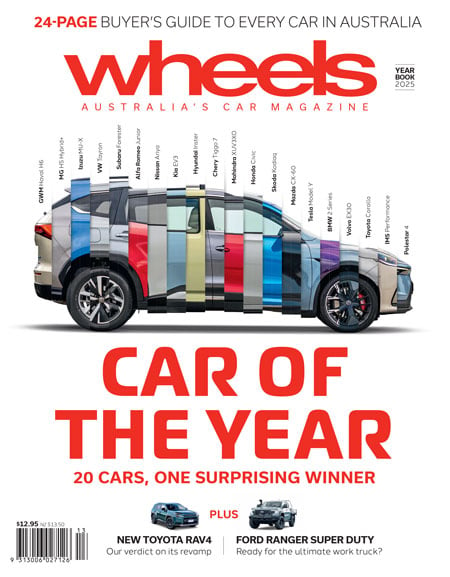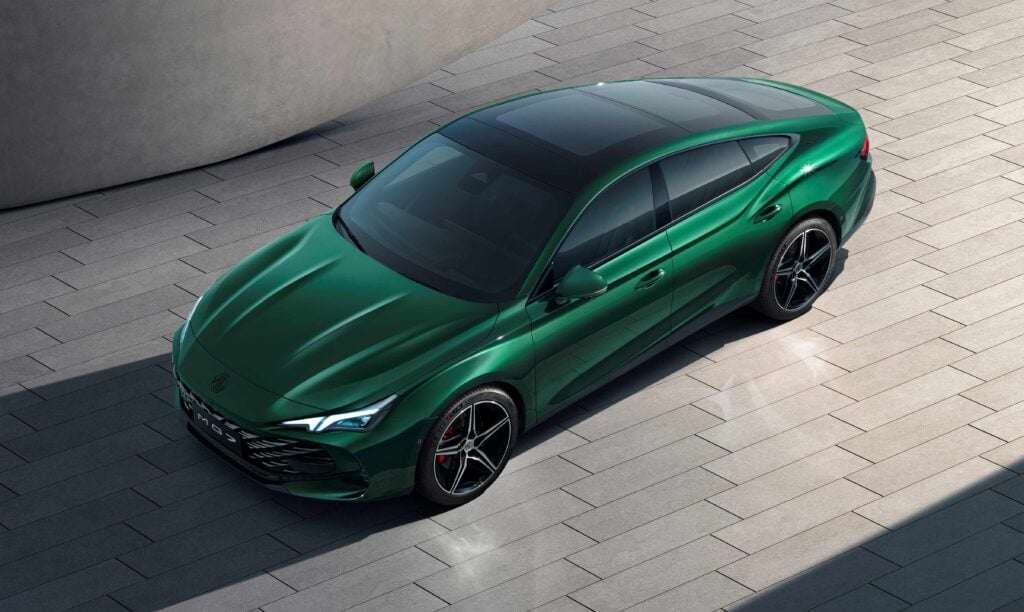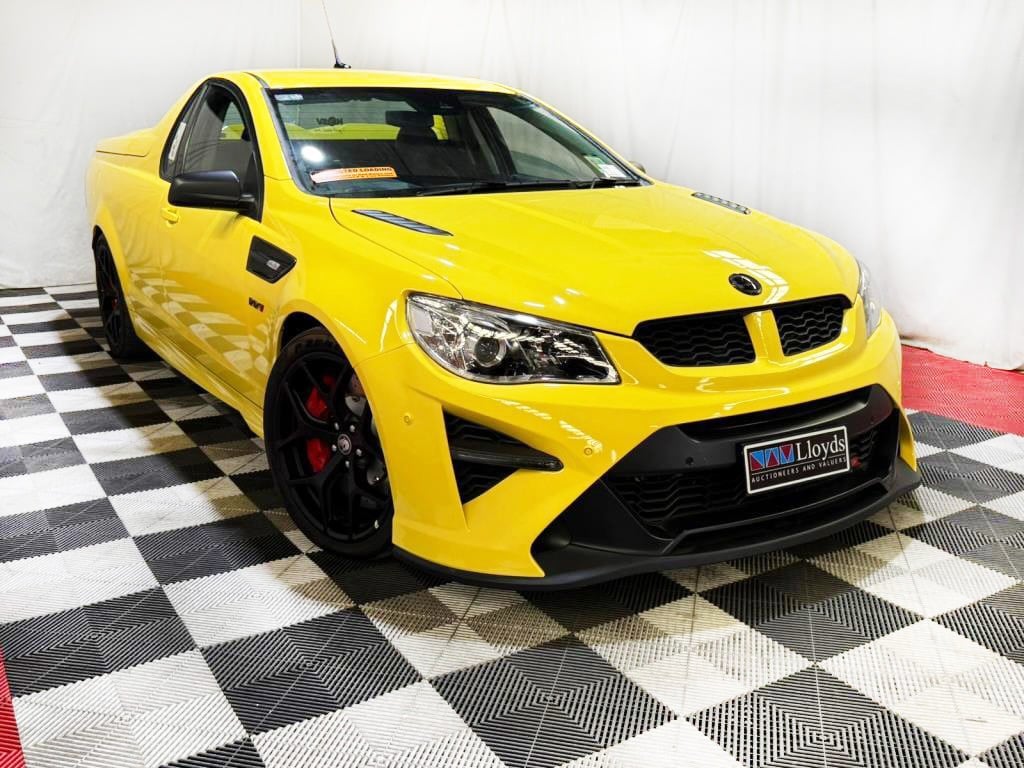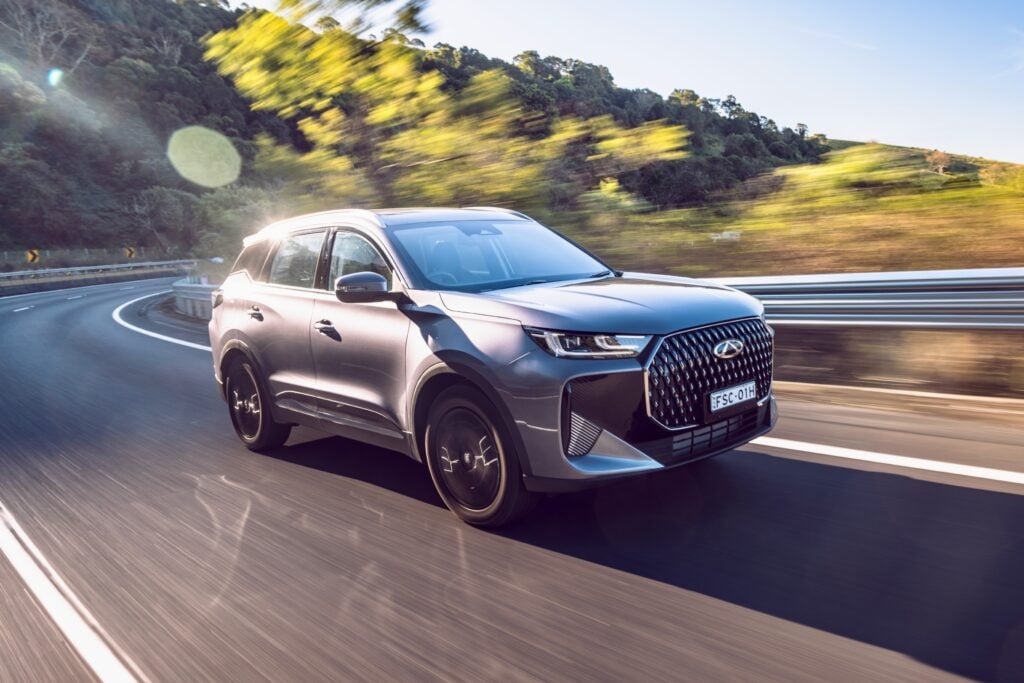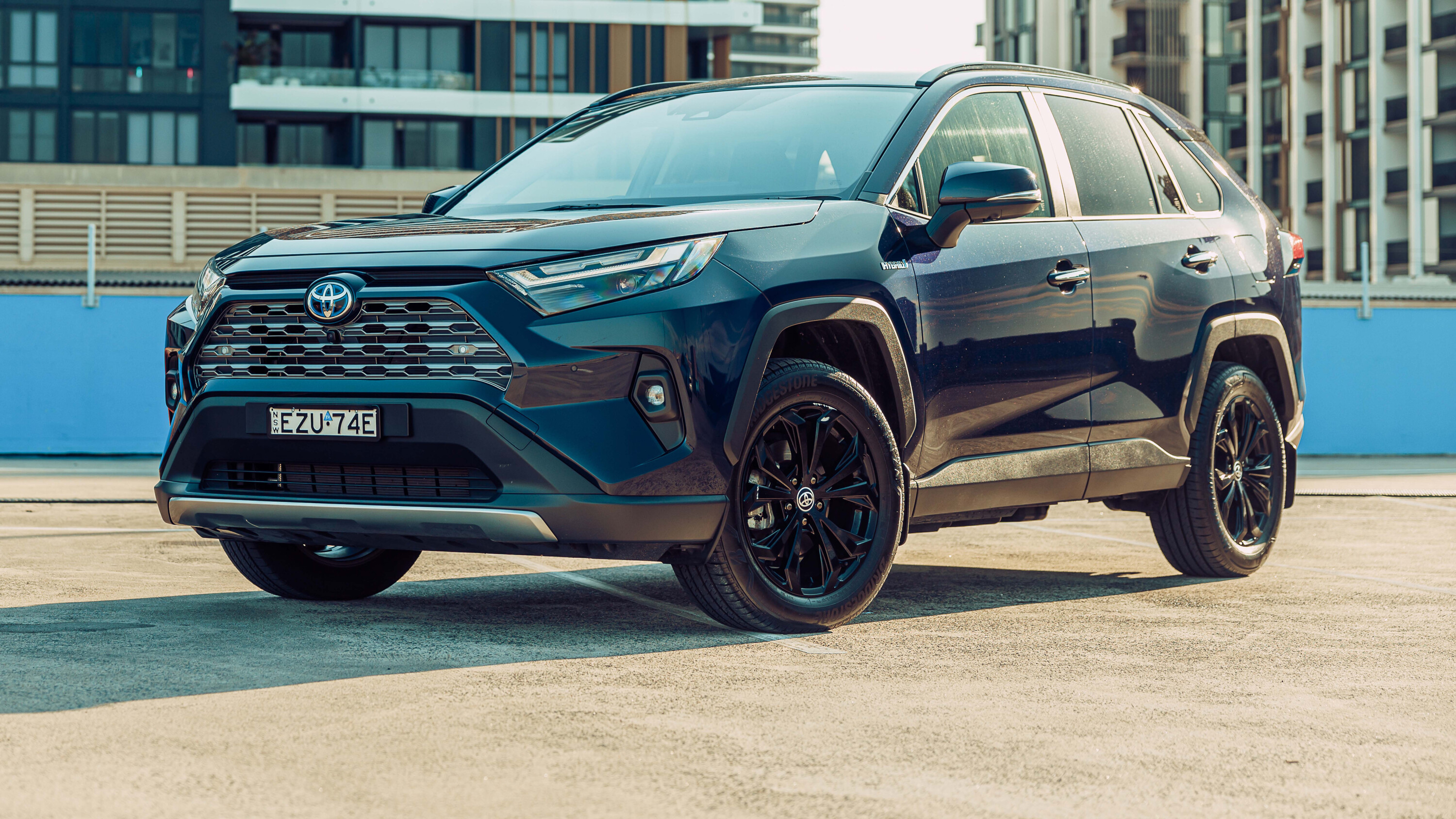
The Australian new-car market experienced a 7.9% decline in February, compared to the same month in the previous year.
The downturn left no brands untouched, affecting even the big-hitters in Toyota and Ford, which both saw a decrease in sales.
Data released by the Federal Chamber of Automotive Industries (FCAI), combined with Polestar and Tesla figures (both brands having left the FCAI last year in protest (Tesla, Polestar)), revealed a February total of 96,710 vehicles.
Electric vehicle (EV) sales were particularly hard hit, plummeting by 43.8% to 5684 units. The decline is largely attributed to another disappointing month for Tesla, which saw deliveries fall by a staggering 71.9%.
FCAI boss Tony Weber said: “We are now two months into the Government’s New Vehicle Efficiency Standard, and while the supply of battery electric vehicles has risen dramatically, consumer demand has fallen by 37 per cent this year compared with the first two months of 2024.”
(NOTE: Including Tesla and Polestar would adjust the decrease to 26.8%.)
“We knew the supply of EVs would increase and there are now 88 models supplied to the Australian market. However, our grave concern has always been the rate of EV adoption and what assumptions the Government had made in its modeling around consumer demand for EVs in the NVES. This modelling remains secret.
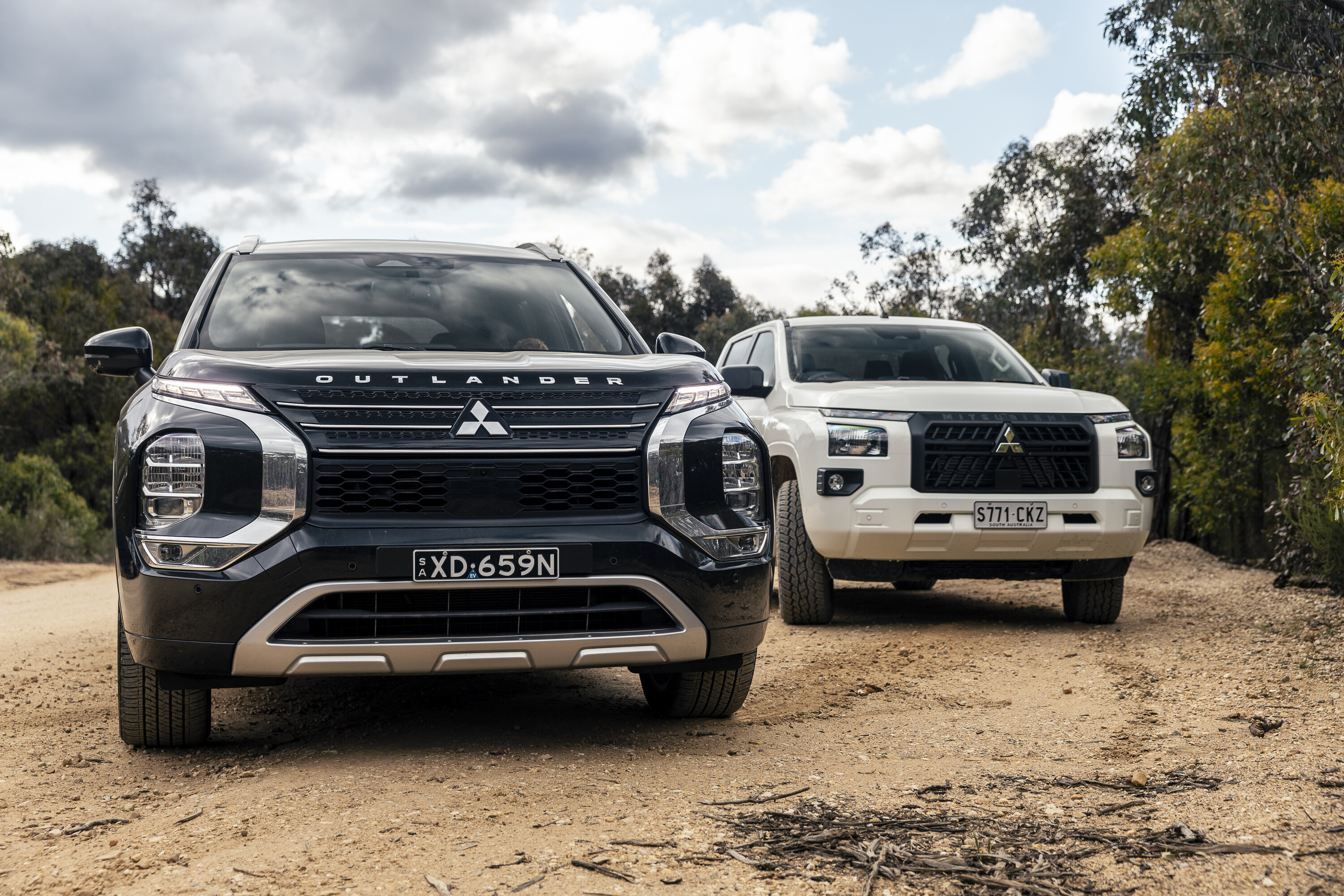
The trend was bucked by plug-in hybrid vehicles (PHEVs), however, with a remarkable surge in sales increasing by 346.1% to reach 4871 deliveries.
Top sellers
Toyota led the market with 18,832 sales, followed by Mazda with 8797 and Kia with 6707.
The Toyota RAV4 was the top-selling vehicle overall with 4405 sales, followed by the Ford Ranger (4040) and Toyota Hilux (3616).
The chart success of Mazda and Kia is significant, too, given both brands have only one model in the top 10 – showing the strength of their overall line-ups.
Overall Top 10 for February 2025
| Model | Rank | Feb ’25 | Feb ’24 | % Change |
| Toyota RAV4 | 1 | 4405 | 2843 | 54.90% |
| Ford Ranger | 2 | 4040 | 5353 | -24.50% |
| Toyota Hilux | 3 | 3616 | 4403 | -17.90% |
| Toyota Prado | 4 | 2723 | 1018 | 167.50% |
| Mitsubishi Outlander | 5 | 2385 | 2209 | 8.00% |
| BYD Shark 6 | 6 | 2026 | 0 | N/A |
| Isuzu Ute D-Max | 7 | 2022 | 2941 | -31.20% |
| Mazda CX-5 | 8 | 1932 | 1642 | 17.70% |
| Kia Sportage | 9 | 1927 | 1350 | 42.70% |
| Hyundai Kona | 10 | 1889 | 1024 | 84.50% |
EV sales for February 2025
| Tesla Model Y | 1 | 924 |
|---|---|---|
| Tesla Model 3 | 2 | 668 |
| MG MG4 | 3 | 451 |
| Kia EV5 | 4 | 400 |
| BYD Sealion 7 | 10 | 157 |
| BYD Atto 3 | 5 | 138 |
| Volvo EX30 | 7 | 108 |
| BMW i4 | 8 | 95 |
| Audi Q4 e-tron | 6 | 94 |
| Hyundai Ioniq 5 | 9 | 65 |
Vehicle type
SUVs and light commercial vehicles remained popular, accounting for 60.4% and 22.5% of sales respectively.
Passenger vehicle sales declined again, representing 13.5% of the market.
Battery electric vehicles (BEVs) made up 7.65% of total sales, marking a decrease compared to the 9.6% share in February 2024. The FCAI expressed concern for the rate of BEV adoption, despite an increase in the number of available models to around 91.
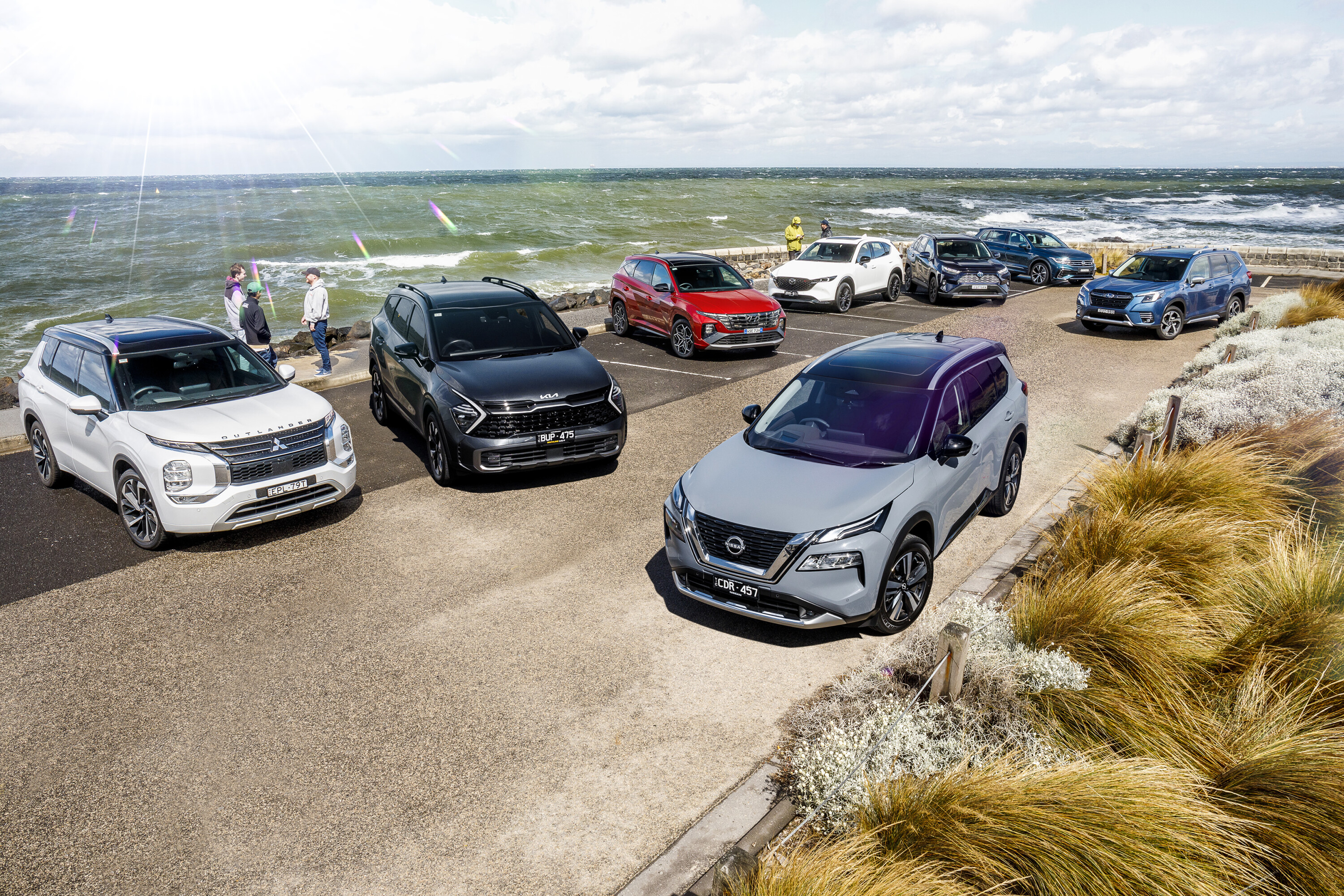
Fuel type
Compared to February 2024, petrol and diesel vehicles saw a decline, with petrol dropping by 12.04% and diesel by 16.74%.
Hybrids are up 35.65%, while battery EVs, including Tesla and Polestar, decreased by 26.8%. PHEVs saw the most dramatic rise, surging by 305.92%.
- Petrol: 40,496 vehicles (41.87%)
- Diesel: 26,863 vehicles (27.78%)
- Hybrid: 15,348 vehicles (15.88%)
- Electric: 7,401 vehicles (7.65%)
- Plug-in Hybrid: 4,871 vehicles (5.04%)
State/Territory
The Australian Capital Territory saw the largest decrease at 16.2%, followed by Tasmania at 18.6% and Victoria at 13.0%.
- New South Wales: 29,801 vehicles
- Victoria: 27,944 vehicles
- Queensland: 20,202 vehicles
- Western Australia: 9,898 vehicles
- South Australia: 6,215 vehicles
- Tasmania: 1,528 vehicles
- Australian Capital Territory: 1,460 vehicles
- Northern Territory: 863 vehicles

